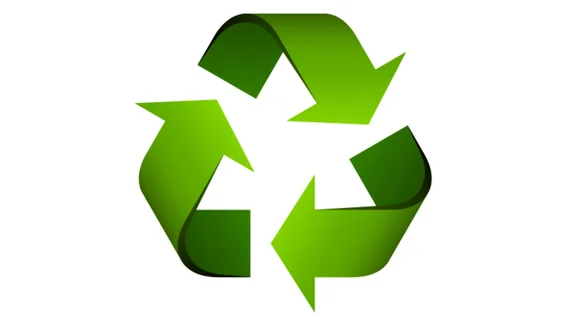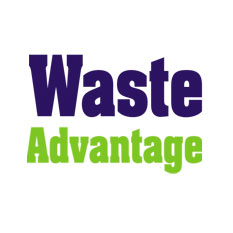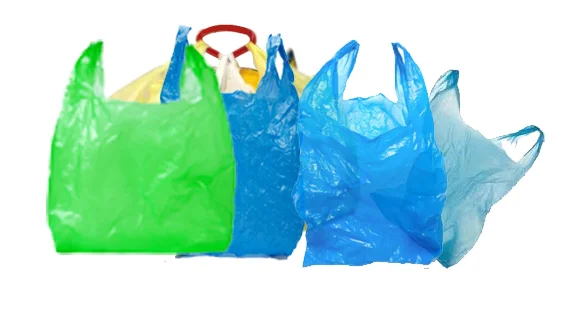Changing the Law to Protect People and Planet: The Details on How to Make a Difference
January 06, 2025 12:32:54 AM
The key is finding common ground on an issue, which often requires the ability to frame the issue in a way that appeals to different audiences.

SEATTLE (Waste Advantage): Many of us in our daily work think “why is the law that way” or “why isn’t there a law for that”. While you may think that it is not your role to push legislative ideas, all laws begin with an idea from someone, somewhere. The idea can stem from an individual citizen, business CEO or entry-level employee, lawmaker, advocacy group, or even an unexpected situation that exposes a gap or problem within society. But transforming that idea into law is a complex and arduous process involving multiple steps, negotiations, and compromises that requires skill, intuition, perseverance, and collaboration. While the legislative process varies depending on the country and level of government, the general steps for how a bill becomes a law follow a relatively consistent pattern. In this article, we will explore the journey from suggestion to statute, including the steps involved in passing a bill and how data gathering, listening, and relationship-building plays a crucial role in identifying and overcoming the many hurdles that lawmakers and advocates face.
The Birth of a Bill
While there may be many good ideas, the key is that your idea is communicated to, and resonates with, someone who has the power to turn it into a bill. It is essential to have compelling data and real-world examples that support your problem statement and proposed solution to tell the story. Once you find a political champion to “author” the bill, the next step is to draft it into a formal proposal. This is where the policymaking really begins. Legislative staff and legal and subject-matter experts work to ensure the bill is clearly written to fulfil its intent, covers all necessary legal considerations, and is aligned with existing laws and precedents. This is an iterative process that often takes many drafts and the review and input of numerous stakeholders.
The Legislative Process: A 10,000-Foot-High Guide
While the exact procedure differs based on the governing body (for example, the U.S. Congress versus a state legislature), the general process follows a similar path and includes these key stages.
Bill Introduction
The journey formally begins when the bill is introduced by the authoring member of the legislature. Once the bill is introduced, it is assigned a number (such as HR 1001) and is read into the record for the first time.
Committee Referrals and Hearings
After introduction, the bill is referred to relevant committees, comprised of a subset of legislators who specialize in particular policy areas, such as health, education, the environment, etc. The committee’s role is to review legislation and analyze what the bill will do, evaluate stakeholder input, and hold hearings. Hearings include testimony from experts and stakeholders, ensuring that all perspectives are considered, and lawmakers discuss the bill’s merits, potential flaws, and any amendments they want to propose. Amendments are often a point of contention, as different entities attempt to shape the bill in a way that aligns with their interests, and debates can be intense. The committee can recommend amendments, and members may vote to pass it out of, or hold it in, the committee.
Floor Votes
If the bill passes out of the referred committees, it proceeds to the full chamber of the house of origin. Following a debate amongst the legislators, the bill is put to a floor vote. If the bill passes one chamber, it moves to the other chamber where the process starts again. If both chambers pass the bill, any differences between the two versions must be reconciled in a “concurrence” vote. This is typically done through a vote on the floor of the chamber of origin.
Governor’s Desk
Once both chambers of the legislature approve the final version of the bill, it is sent to the executive branch (i.e., President or Governor) for approval. At this stage, the executive can sign or veto the bill. In California, the Governor can sign, veto, or take no action in which case the bill becomes law without their signature. In some systems, if the executive vetoes the bill, the legislature can override the veto with a supermajority vote, ensuring the bill becomes law despite the veto.
Achieving Success in Any Legislative Landscape
While understanding the lawmaking process is fundamental, shepherding a bill from introduction to signing takes another suite of skills. The following are some of the key components for success.
Cultivating Relationships
It is critical that you develop relationships with decision makers and their staff. When they find themselves wanting to better understand an issue and where their constituents stand, you want to be their first call. There are several ways to initiate this, from requesting a meeting to hosting them for a tour of your facility. It is crucial that they understand any problems you are experiencing and the expertise you can provide. Remember that continued communication and complete honesty are imperative for creating long-lasting, trusting relationships.
Forging Unlikely Alliances
For a bill to advance, it must gain the support of stakeholders and legislators. This can be especially challenging in highly polarized environments. One of the most important strategies is coalition-building, particularly through the formation of “unlikely bedfellows” by aligning groups that would traditionally be adversaries or politicians or political parties that do not typically agree. One example from California was the broad coalition of entities that supported safe medicine and needle Extended Producer Responsibility, which includes, but is not limited to, drug abuse prevention groups, wastewater agencies, waste haulers, local governments, and environmental organizations. By focusing on data collection, shared goals, and finding common ground, unlikely alliances can build consensus and mobilize the support using a broader media network needed to advance a bill through the legislative process. The key is finding common ground on an issue, which often requires the ability to frame the issue in a way that appeals to different audiences.
Attracting Attention
Creating a groundswell of demand for change can pressure lawmakers to act and the media often plays a significant role in this stage. Making the use of public campaigns, petitions, and op-eds, articles, or interviews is critical to getting your well-crafted story out.
“Legislation is the Art of Compromise”
The legislative process is often a battle of competing interests and at the end of the day, compromise is inevitable. From the initial spark of a bill idea to the complex negotiations and compromises that make a bill palatable to a wide range of stakeholders to create consensus, the process can be confusing, fraught with challenges, and dependent on a variety of factors and circumstances.
While the process can seem overwhelming, it is ultimately a reflection of the democratic system at work, where ideas are debated, refined, and passed into law through a combination of advocacy, determination, and compromise. Every change starts with one small step and when in doubt, the National Stewardship Action Council is here to help you through it.
Courtesy: www.wasteadvantagemag.com
 By
By 



